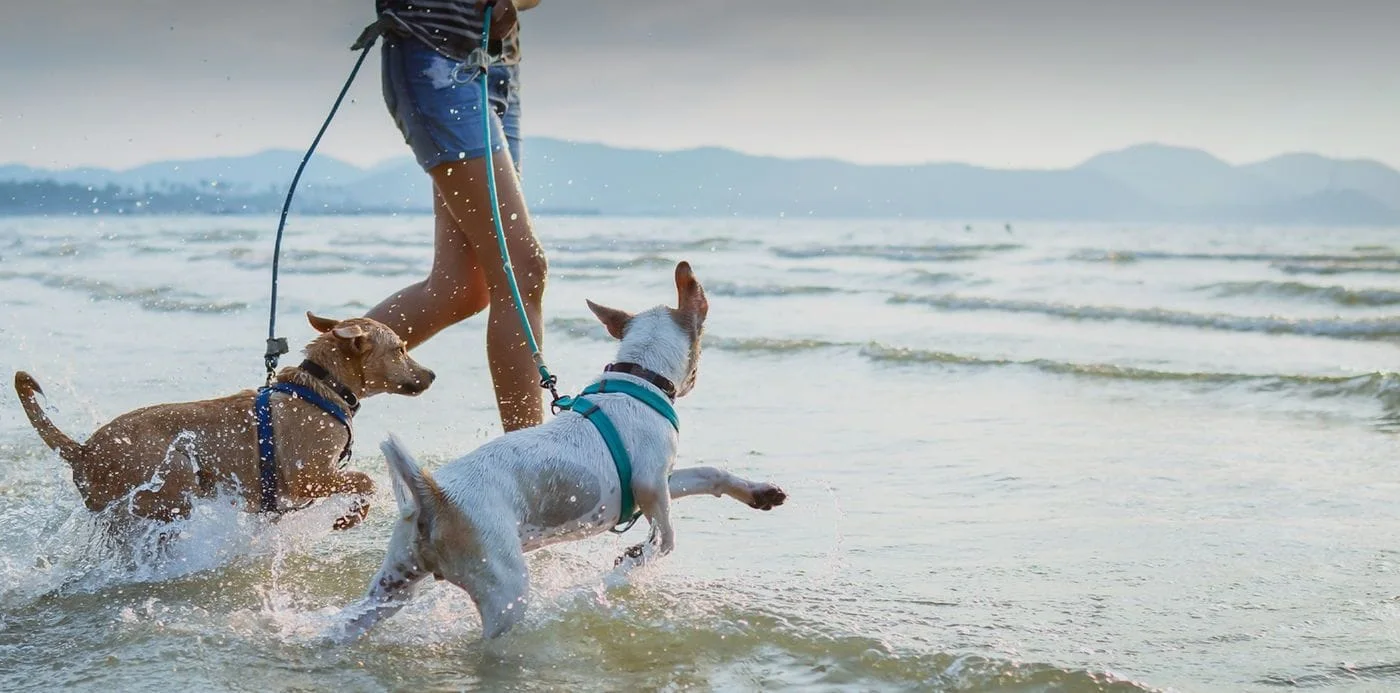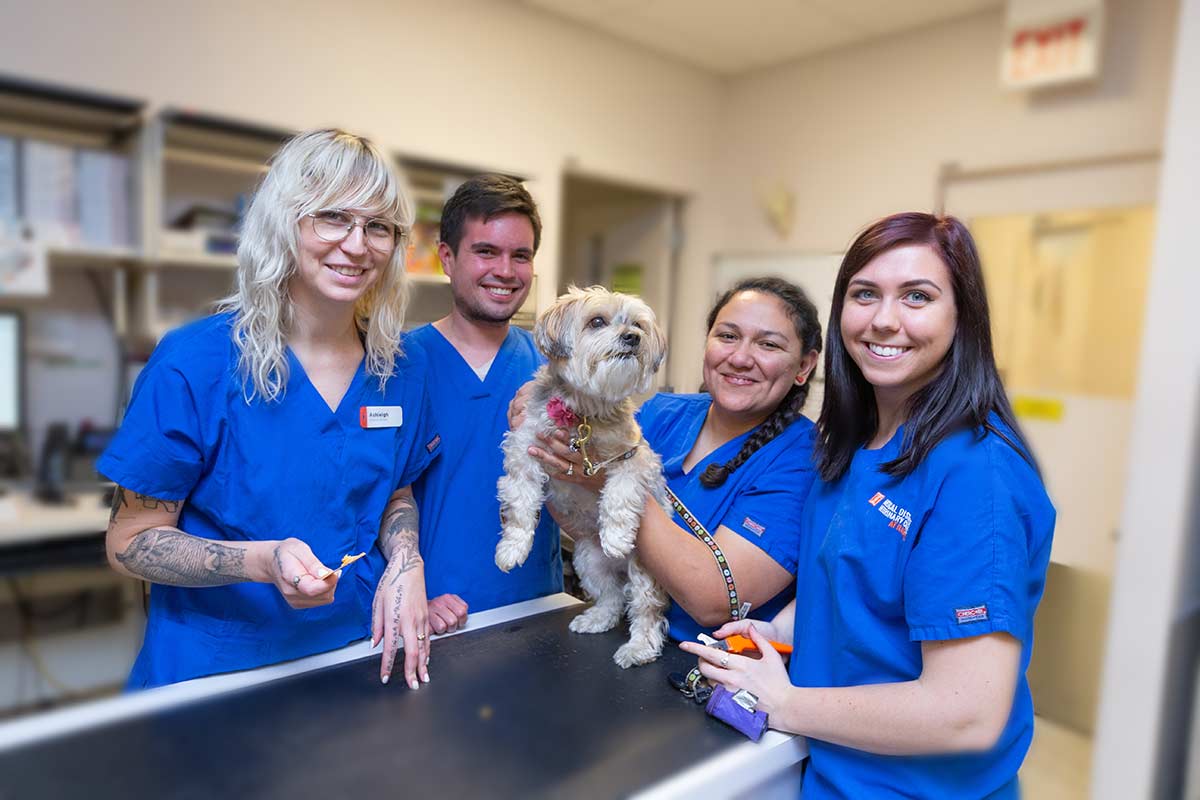Understanding the Science and Success Rate of tplo surgery for dogs
Understanding the Science and Success Rate of tplo surgery for dogs
Blog Article
All Concerning Vet Surgical Treatment: Comprehending the Significance of Professional Treatment for Your Animals
Veterinary surgery is a crucial component of pet healthcare. It encompasses various treatments, from regular optional surgical treatments to immediate interventions. Comprehending the ins and outs of these surgical treatments can help pet dog owners make notified decisions. The preparation, execution, and recovery phases are necessary for guaranteeing the health of animals. With appropriate expertise, proprietors can navigate the intricacies of vet treatment. What variables should be considered before a pet undertakes surgical procedure?
Kinds Of Veterinarian Surgeries
When a pet requires surgical treatment, understanding the numerous types of vet surgeries can aid animal owners make educated decisions. Veterinary surgeries can be extensively categorized into 3 major types: elective, urgent, and emergency situation surgeries. Elective surgical procedures, such as spaying or neutering, are planned procedures that are not promptly lethal. Immediate surgical treatments, like those for international body elimination, should be executed soon yet are not lethal in the moment. Emergency situation surgeries, such as those dealing with severe trauma or inner blood loss, are vital and call for immediate attention.Additionally, surgeries can differ in intricacy, ranging from minimally invasive laparoscopic procedures to more substantial open surgical treatments. Each sort of surgical procedure carries its own risks and recovery processes. Comprehending these categories allows family pet proprietors to take part in significant conversations with vets, causing far better results for their beloved family pets.
Preparing for Your Pet dog's Surgical treatment
Planning for a pet dog's surgical procedure entails a comprehensive checklist to assure all basics are covered. Effective communication with the vet is essential for recognizing the treatment and any needed pre-operative steps - emergency vet near me. Additionally, having clear post-operative care instructions will certainly help owners provide the most effective support for their recuperating family pets
Pre-Surgery List Fundamentals
Guaranteeing a smooth medical experience for a pet dog requires mindful prep work and attention to detail. A pre-surgery list is necessary for family pet proprietors to adhere to. Validating the arranged surgical treatment day and time is important. Proprietors should also validate that their pet dog has fasted according to the veterinarian's guidelines, generally for 8-12 hours before surgical treatment. Gathering needed medical documents, consisting of inoculation background, is crucial for the vet's review. It is additionally suggested to prepare a comfy room in the house for the pet dog's recovery after surgery. Ultimately, owners need to have a prepare for transportation to and from the vet facility, seeing to it that the animal is protected and comfortable throughout the trip. Complying with these actions can substantially boost the medical experience.
Communicating With Your Vet

Reliable communication with the vet is necessary for a successful medical experience for pets. Owners should be prepared to discuss their family pet's case history, including any type of pre-existing conditions, medicines, and allergic reactions. This information aids the veterinarian examine risks and tailor the medical plan as necessary. In addition, animal owners need to ask questions pertaining to the procedure, anesthetic, and anticipated outcomes to guarantee they completely comprehend the procedure. Making clear any questions can relieve stress and anxiety for both the animal and the owner. It is also vital to interact any kind of behavioral changes or problems observed in the pet dog leading up to the surgical treatment. Ultimately, clear discussion fosters trust and cooperation, ensuring that pet dogs receive the very best possible treatment during their medical journey.
Post-Operative Treatment Instructions
After discussing the surgery with the veterinarian, pet dog owners need to concentrate on post-operative treatment directions to facilitate a smooth recuperation for their animals. These instructions generally consist of checking the surgical site for indications of infection, such as soreness or discharge. Pets may need to be kept one's cool and restricted to protect against excessive activity that could disrupt healing. Pain administration is important, so proprietors need to comply with the veterinarian's assistance on carrying out medicines. In addition, dietary constraints may be encouraged to prevent gastrointestinal distress. Routine follow-up visits are necessary to assure proper recovery and attend to any concerns. By adhering to these post-operative care guidelines, family pet proprietors can greatly add to their animal's healing and general well-being.
The Surgical Process Explained
The surgical process for family pets encompasses important steps that guarantee their safety and healing. Pre-surgery preparations are necessary for decreasing threats, while post-operative care standards play a vital function in advertising recovery. Comprehending these parts helps pet dog proprietors browse the surgical experience better.
Pre-Surgery Preparations
Before an animal undertakes surgical treatment, several important prep work have to happen to assure a risk-free and successful procedure. First, a comprehensive vet exam is vital to examine the animal's total health and wellness and determine any possible dangers. This might include blood examinations, imaging, or other diagnostics. The veterinarian will also talk about anesthetic alternatives tailored to the animal's particular requirements. Additionally, pet proprietors are usually instructed to hold back food and water for a specified time prior to surgical treatment to lessen the danger of problems throughout anesthetic. It is necessary for owners to provide a complete case history, including any medicines or allergic reactions, making sure the surgical group has all necessary information. Correct interaction and adherence to pre-surgery standards can significantly enhance the outcome of the procedure.
Post-Operative Treatment Guidelines
Appropriate post-operative treatment is essential for making certain a family pet's recovery complying with surgical treatment. After the procedure, pet dogs must be kept track of very closely for any kind of indicators of problems, such as too much blood loss, swelling, or uncommon habits. It is essential to comply with the vet's instructions concerning medicines, consisting of pain relievers and anti-biotics. Pet dogs need to be kept in a silent, comfortable setting to minimize stress and anxiety and promote healing. Limiting task is essential; short, leashed walks may be necessary, yet jumping or running ought to be avoided. Normal follow-up visits ought to be scheduled to analyze the healing process. In addition, the medical website has to be maintained tidy and dry, with any indicators of infection reported to a vet without delay. Sticking to these guidelines improves recovery outcomes.
Anesthetic and Pain Management
Reliable anesthesia and pain monitoring are important parts of veterinary surgical procedure, making certain that pet dogs remain comfortable and secure throughout the procedure. Veterinarians analyze each family pet's individual requirements, thinking about factors such as age, weight, health condition, and the kind of surgical treatment being performed.Anesthesia procedures usually include a mix of pre-anesthetic drugs, induction representatives, and inhalant anesthetics, allowing for accurate control over the animal's degree of consciousness. Monitoring during surgery is critical; veterinarians continually observe important indications to attend to any kind of prospective problems promptly.Pain monitoring techniques might entail opioids, non-steroidal anti-inflammatory medicines (NSAIDs), and anesthetics, tailored to the animal's particular circumstance. This diverse strategy assists reduce discomfort and promotes a smoother surgical experience. By prioritizing efficient anesthesia and pain monitoring, veterinary experts enhance the overall well-being of family pets going through surgeries, guaranteeing they obtain the highest standard of care.
Post-Operative Treatment and Healing
Following surgery, the emphasis changes to post-operative care and recuperation, which is important for ensuring a pet dog's safe go back to regular tasks. During this duration, family pets need a quiet, comfortable setting to aid healing. Owners need to closely check their pet dogs for any type of signs of pain or unusual behavior.Veterinary guidelines frequently consist of particular guidelines connected to medicine management, wound treatment, and dietary modifications. It is important to stick to these recommendations to reduce problems and advertise recovery. Family pets might require to be restricted from energetic tasks, such as running or leaping, throughout their recuperation period (24 hour vet bellingham).Regular follow-up consultations with the veterinarian get more info allow for surveillance of the pet's progression and timely changes to the care strategy. Giving psychological assistance and companionship can likewise boost an animal's recuperation experience, assisting to relieve anxiety and stress and anxiety. On the whole, thorough post-operative care plays a substantial role in achieving a successful healing
Recognizing Issues After Surgery
How can pet proprietors identify issues after surgery? Understanding of details indications is important for ensuring the health of pets during healing. Usual indications consist of too much swelling, soreness, or discharge at the surgical site, which might represent infection. Additionally, persistent pain, suggested by grumbling or hesitation to move, must motivate immediate interest. Adjustments in hunger or water intake can likewise suggest complications; a decrease in these behaviors might indicate pain or distress.Moreover, animal proprietors need to monitor their animals for any kind of uncommon behavior, such as lethargy or trouble breathing, as these can be indicators of significant concerns. Vomiting or looseness of the bowels complying with surgical procedure may call for urgent vet analysis. Recognizing these difficulties early can greatly affect a pet dog's recuperation process, stressing the significance of alertness and punctual interaction with a vet for any concerning signs.
The Role of Vet Professionals in Surgical Treatment
Vet professionals play a vital role in ensuring the safety and success of surgeries for animals, especially complying with surgery when checking and care are vital. These experts consist of vets, vet service technicians, and support staff, every one of whom contribute specialized abilities to the medical process.Before surgical treatment, vets perform detailed assessments to evaluate the pet's wellness, ensuring that any kind of hidden conditions are managed. Throughout the procedure, the surgical group gives anesthetic, maintains sterilized environments, and monitors essential signs, all vital for minimizing risks.Post-operative treatment is similarly substantial; vet experts observe for difficulties, take care of discomfort, and guide proprietors on recovery practices. Their experience allows them to acknowledge very early indications of distress or infection, making sure timely treatment. Ultimately, the collaborative initiatives of vet experts in surgical care promote a secure environment, advertising the health of family pets throughout the surgical trip.

Frequently Asked Inquiries
Just how Do I Pick the Right Veterinary Cosmetic Surgeon for My Pet?
Selecting the appropriate veterinary cosmetic surgeon entails looking into certifications, reviewing evaluations, and reviewing the facility's setting. It is important to assess the doctor's experience with particular procedures and their interaction design when deciding.
What Are Common Misconceptions Concerning Vet Surgeries?
Usual false impressions about veterinarian surgeries consist of ideas that they are constantly dangerous, unnecessary, or only for emergencies. Many pet proprietors undervalue the advantages of precautionary treatments and the ability associated with vet surgical treatment.
How Much Will My Pet's Surgical procedure Price?
The price of a family pet's surgery can vary substantially based upon aspects such as the kind of procedure, the vet's experience, and geographical place (emergency vet). Commonly, expenditures vary from a couple of hundred to numerous thousand dollars

Can My Pet Dog Eat Before Surgical Procedure?
Prior to surgery, it is typically recommended that pet dogs avoid from eating for a specific period. This fasting aids lower the threat of issues during anesthetic. Owners must consult their veterinarian for specific guidelines customized to their pet's requirements.
Suppose My Pet Has Pre-Existing Wellness Conditions?
When a family pet has pre-existing health and wellness conditions, it's important for the vet to examine these factors prior to surgical treatment. This assessment assurances suitable safety measures are taken, lessening dangers and enhancing the pet dog's overall security during the treatment.
Report this page